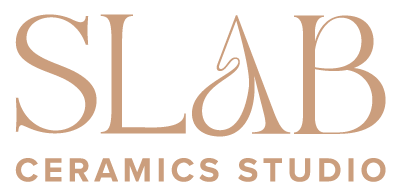
Copyright © 2024. All rights reserved.
Copyright © 2024. All rights reserved.
Any purchase, dispute or claim arising out of or in connection with this website shall be governed and construed in accordance with the laws of UAE
Mould making for ceramics is a process of creating reusable moulds or templates that are used to reproduce ceramic objects.
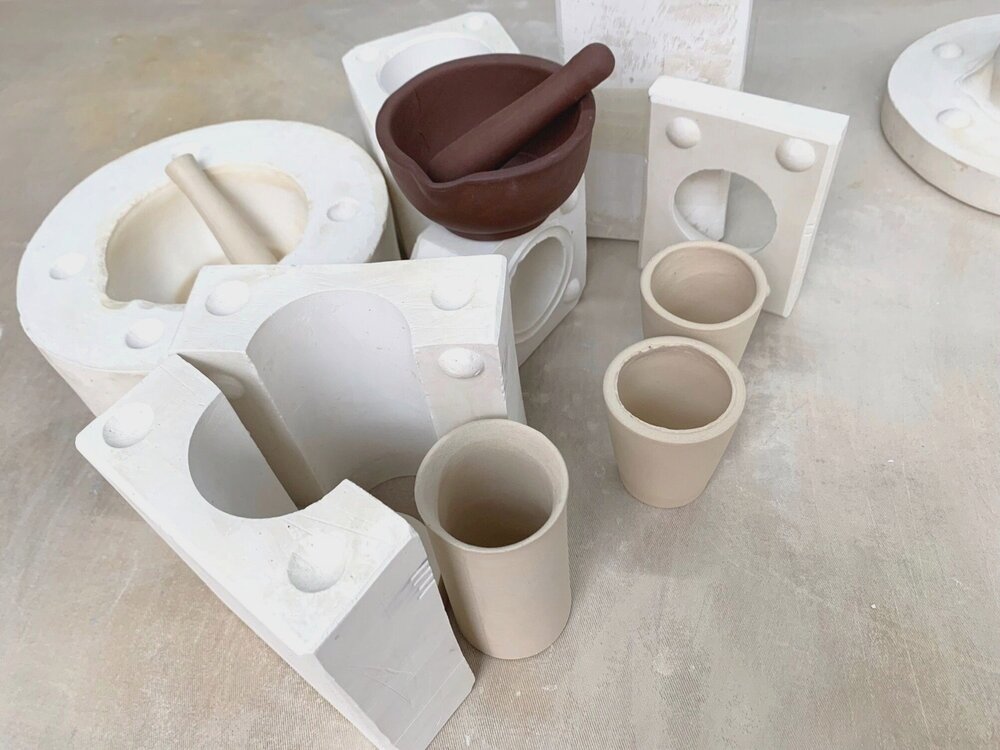
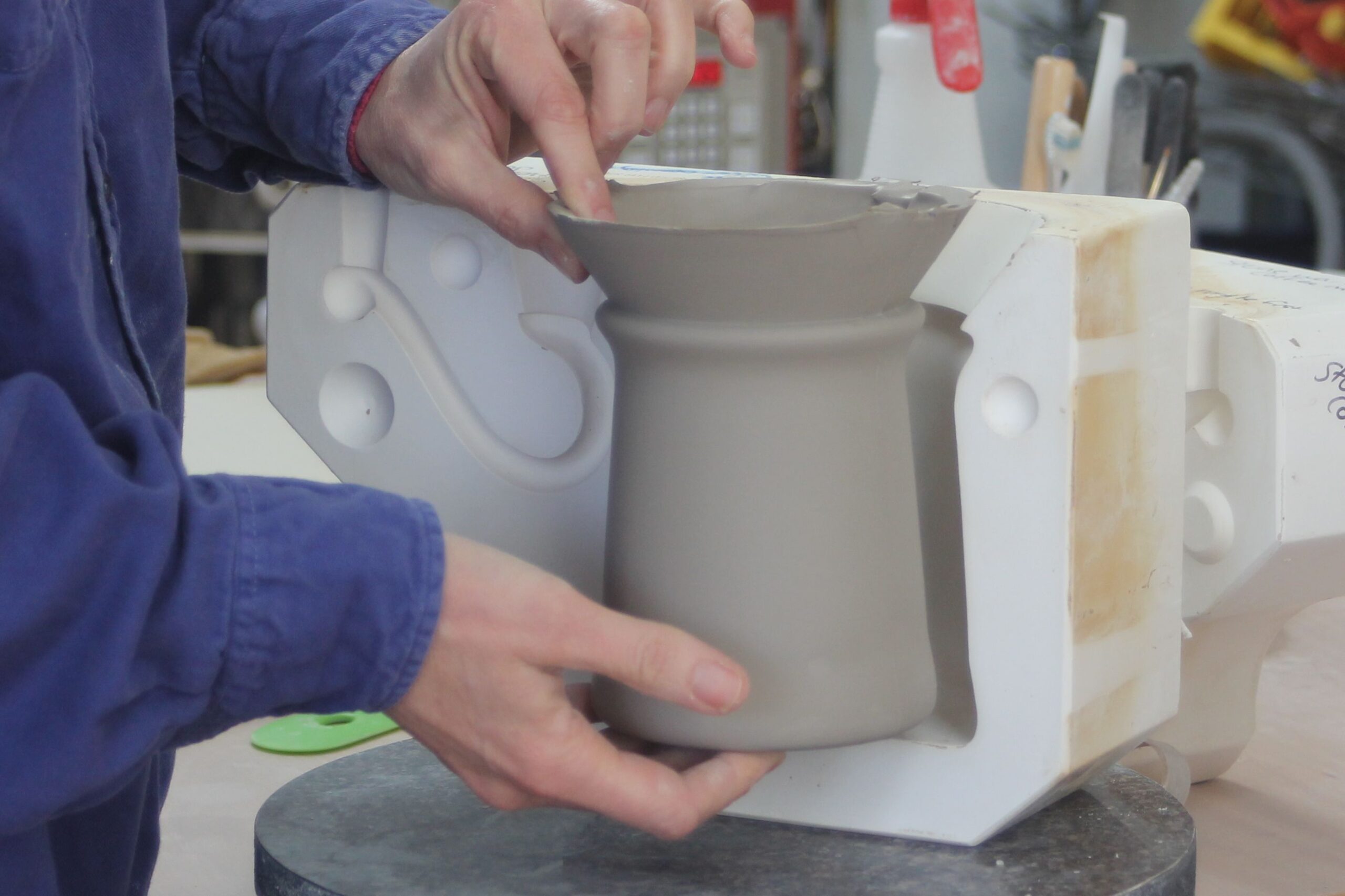
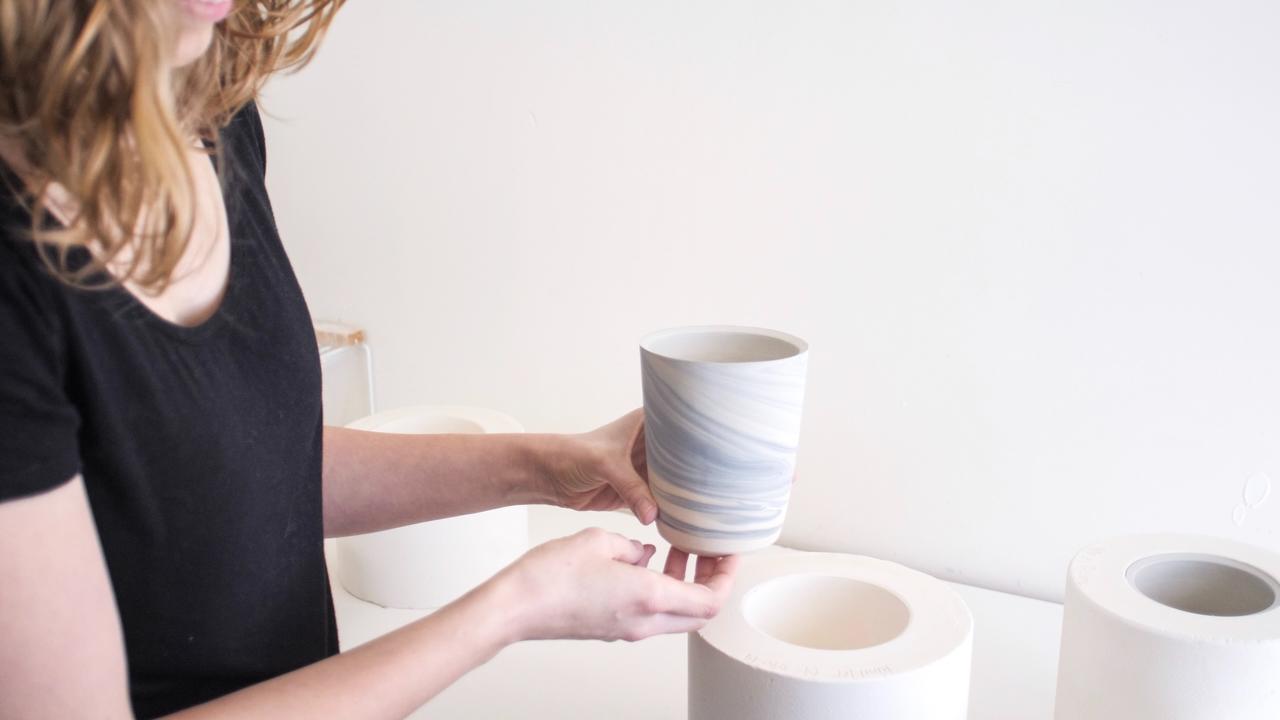
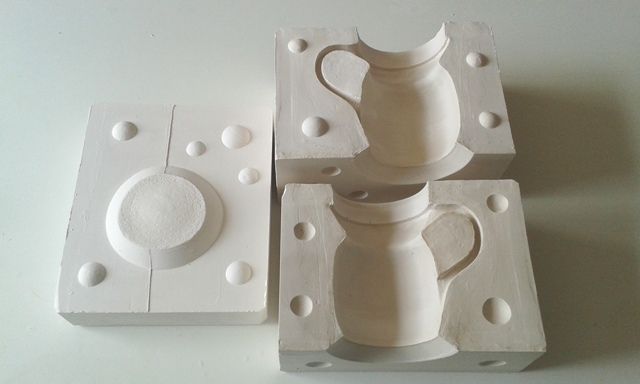
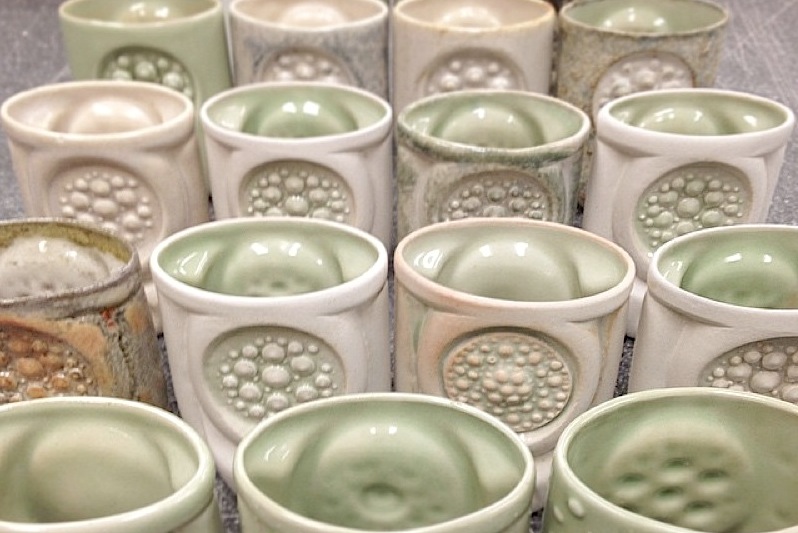
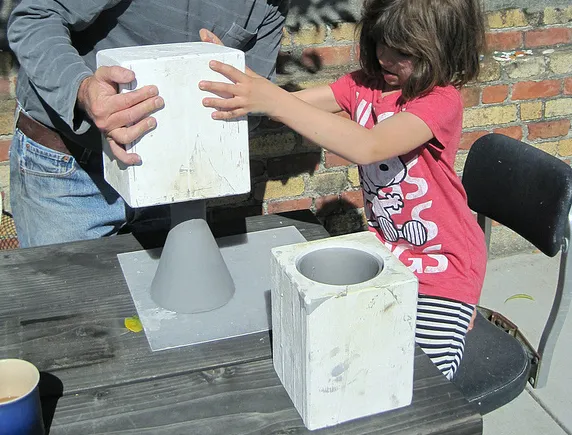


Mould making for ceramics is a process of creating reusable moulds or templates that are used to reproduce ceramic objects. It involves shaping a mould material around an original object or creating a master pattern from which multiple moulds can be made. The primary purpose of ceramic mould making is to achieve consistent and accurate reproductions of the original object. It allows artists and ceramicists to create multiple copies of their work without having to recreate each piece from scratch. Mould making also enables the production of complex shapes and intricate details that may be difficult or time-consuming to achieve by hand.
Join us for a hands-on experience where you’ll learn the art of crafting ceramic moulds from start to finish. Led by skilled artisans and experts in the field, you will discover the secrets of creating unique and intricate designs, as you delve into the techniques of mould preparation, casting, and finishing.
Whether you’re a seasoned ceramicist or a curious beginner, our workshop offers something for everyone. Gain valuable insights into the various types of moulds, including one-piece and multi-piece moulds, and master the skills needed to bring your artistic vision to life.
By utilizing mould making techniques, ceramic artists can produce consistent multiples, experiment with different forms, and create intricate designs with relative ease. It opens up a world of possibilities for artists to explore and push the boundaries of their ceramic creations.
+971 54 888 6848
info@slabceramics.ae
WH7A Belhasa Warehouses, 15 Street, Al Quoz Industrial Area 3, Dubai, UAE
Tuesday – Friday : 9 AM – 9 PM
Saturday – Sunday : 10 AM – 8 PM
Monday - Closed

Copyright © 2024. All rights reserved.
Copyright © 2024. All rights reserved.
Any purchase, dispute or claim arising out of or in connection with this website shall be governed and construed in accordance with the laws of UAE
WhatsApp us